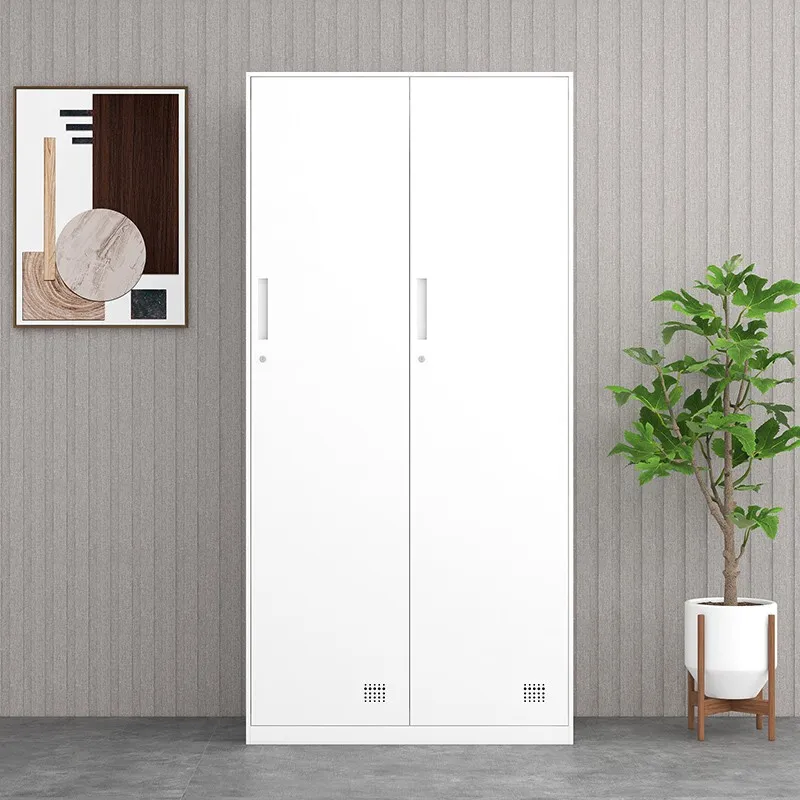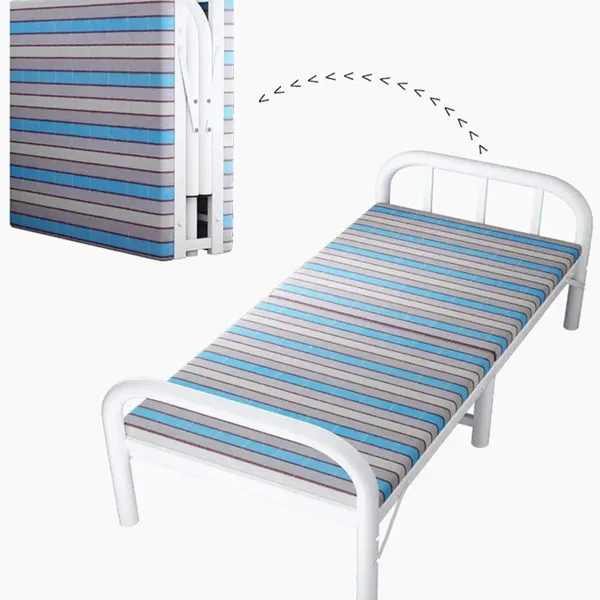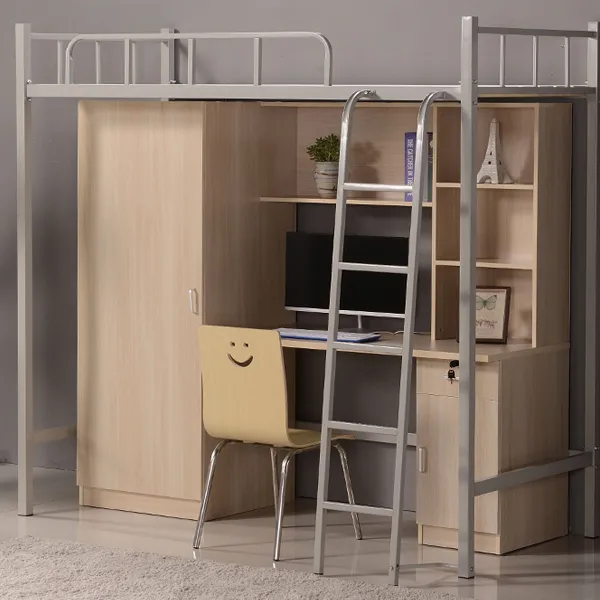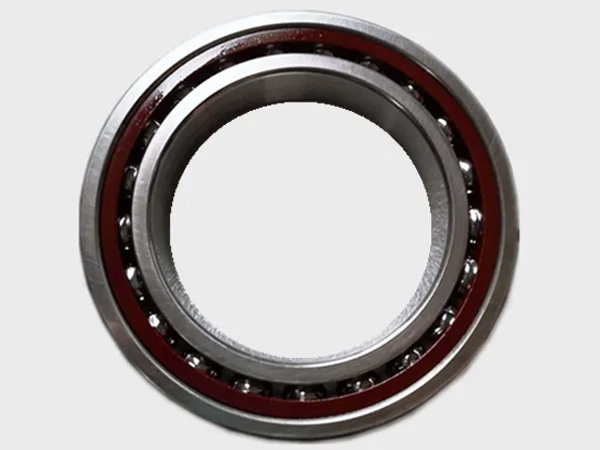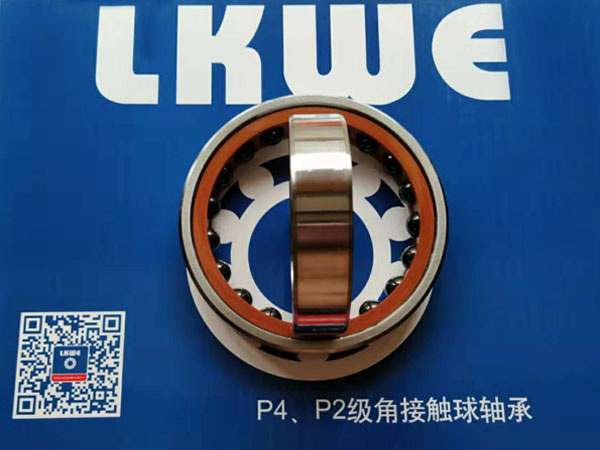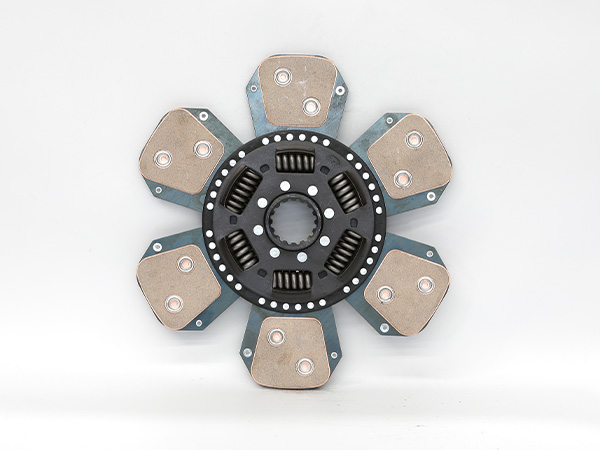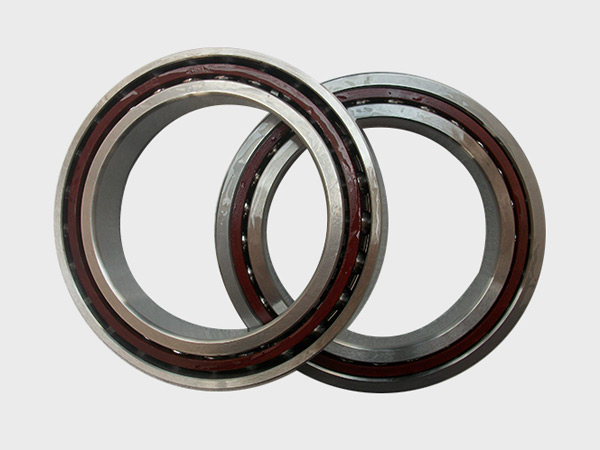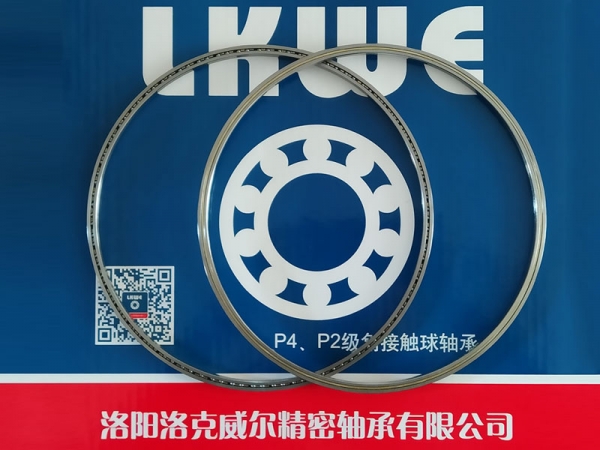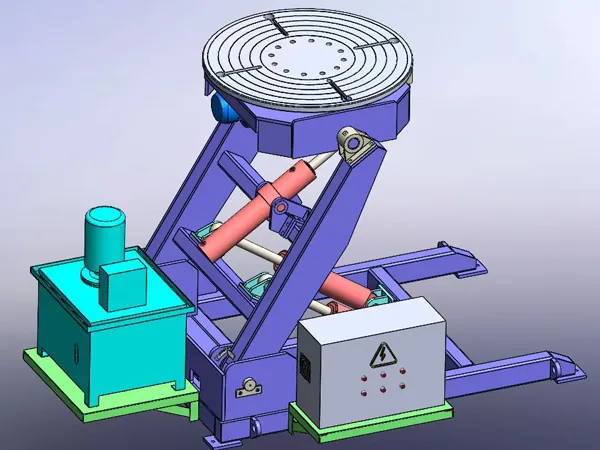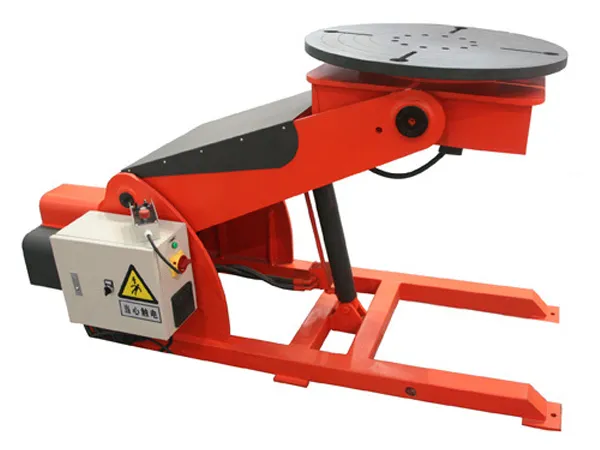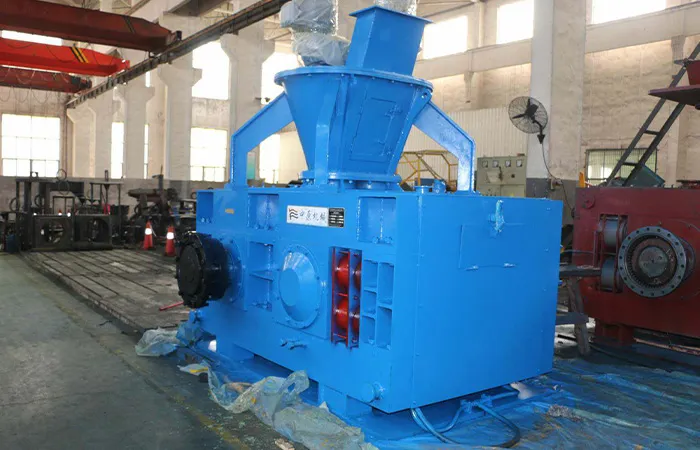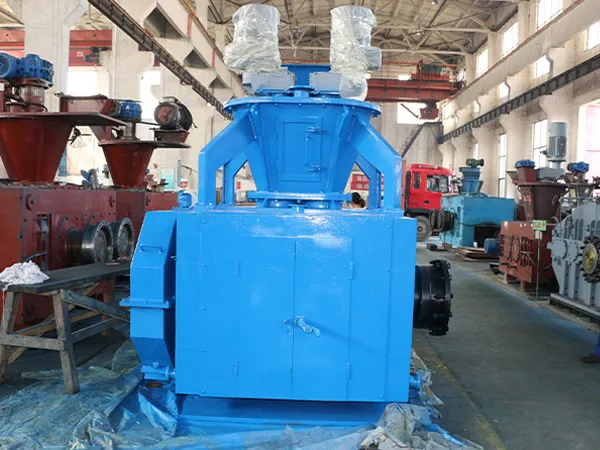Custom office furniture is a great way to create a workspace that meets your specific needs and reflects your company’s style. There are some benefits to customizing office furniture. Which office furniture can be customized and how we can customize it. For these questions, see how the steel office furniture manufacturers introduce it.
Customizing office furniture can offer several benefits for individuals and businesses, tailored to specific needs and preferences.
Customizing office furniture benefits
Tailored Functionality: Customizing office furniture allows you to design pieces that specifically meet your functional requirements. You can incorporate features like extra storage, built-in charging stations, cable management, or ergonomic adjustments to enhance productivity and comfort.
Optimized Space Utilization: Custom furniture enables you to make the most of your available office space. You can design pieces that fit perfectly into the dimensions of your office, ensuring efficient use of space without wasting any square footage.
Branding and Aesthetics: Customized furniture allows you to align the design with your brand identity. You can choose colors, materials, and finishes that complement your company’s branding, creating a cohesive and professional look that reflects your business values.
Employee Well-being: Ergonomics play a crucial role in the well-being and productivity of employees. Customizing office furniture lets you prioritize ergonomics, ensuring that chairs, desks, and workstations are designed to support good posture and reduce the risk of musculoskeletal issues.
Unique Design: Off-the-shelf furniture may lack the uniqueness and character that a custom-designed piece can offer. Customization allows you to create distinctive and stylish furniture that sets your office apart and contributes to a positive work environment.
Adaptability to Changing Needs: Businesses evolve, and so do their furniture needs. Customized furniture can be designed with adaptability in mind, making it easier to modify or reconfigure as the needs of the office change over time.
Durability and Quality: By customizing office furniture, you have more control over the materials and construction methods used. This allows you to prioritize durability and quality, ensuring that the furniture will withstand the demands of a busy office environment.
…
For more detailed information about office furniture customization, please click here: https://www.rff-global.com/a/news/office-furniture-customization.html

